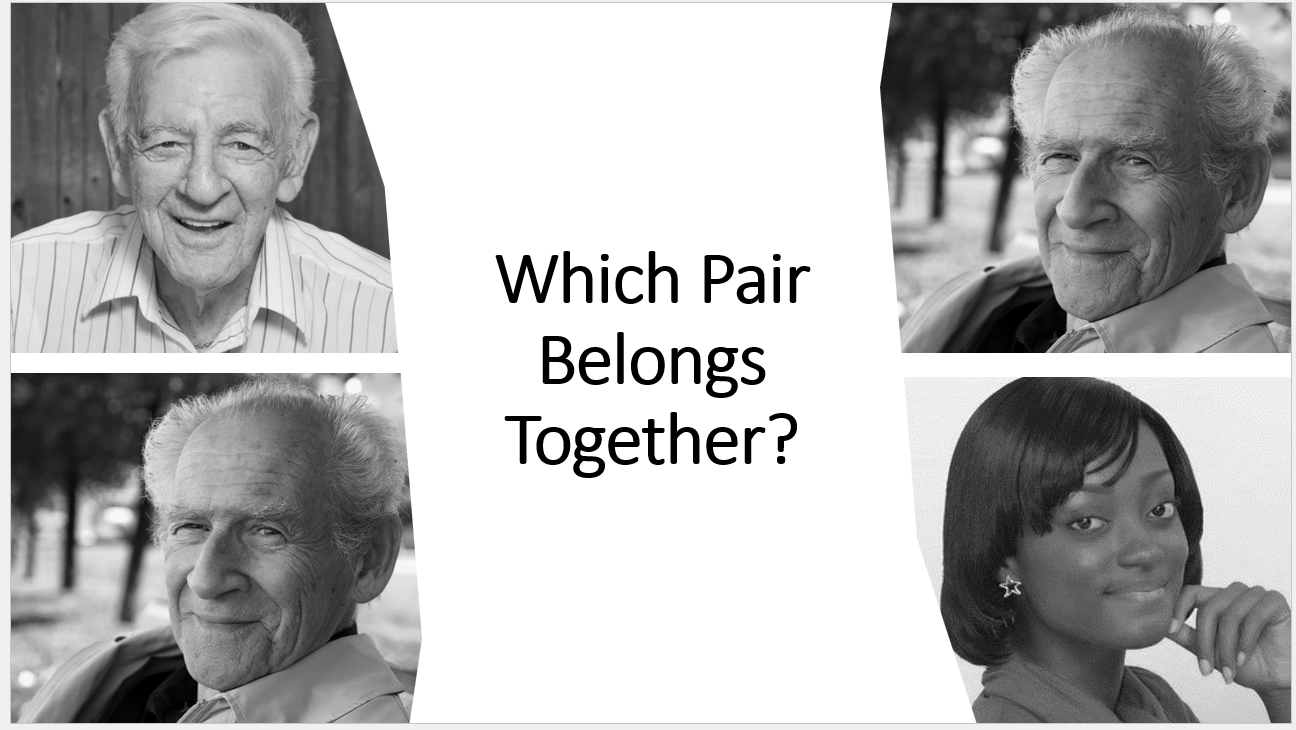Survivor: Society Edition
Imagine a reality TV show where the contestants aren’t competing for food or fire, but something more complex: how to split people into groups to minimize conflict within and maximize tension between them. The host explains the rules: “Your challenge is to create islands of harmony, but with enough contrast to make sure the rivalry between islands is intense.”
Sounds like a twisted social experiment, right? But in a way, this is what happens in real life. This is the essence of underlying polarization in society.
Society’s deepest divides aren’t what we see on the surface like race, gender, or even political affiliations. These parts of who we are are surprisingly weak at explaining meaningful differences in our society.
- In fact, dividing people by race or gender or age barely scratches the surface, accounting for just around 1% of overall differences on what people think and believe and hold dear – i.e. our values.
- If a contestant in our Survivor show assigned islands by any of these demographics they’d lose before the opening credits finished rolling. There’d be a lot more bickering on each island than between them.
- Even political parties, which have become increasingly polarized, only capture about 15% of values differences. This political party contestant would be voted off by Day 2.
But if there were an enterprising social scientist and budding fundraiser on the show who decided to group by values they’d see harmony on each island soar.
So, what does this mean for how we understand society—and more importantly, how we engage with it? Values are the core of our identities, the invisible lines that dictate who we are, what we believe in, and how we choose to live our lives. The two people on the right would fit right in on the same island since they’re both caregivers for someone with Cancer, dog owners and, conservationists
Surface level groupings like race or gender (or worse, active, lapsed, sustainer, mid-level, etc.) are like reality show islands based on the color of people’s shirts. It might seem logical at first, but it doesn’t tap into what really matters. The result? More internal conflict, less real connection, and missed opportunities to create meaningful unity or purposeful rivalry.
In our reality show of society, the best strategy isn’t to avoid conflict but to understand where it comes from and how to harness it while not leaving people off your island because they don’t look the part.
Kevin


